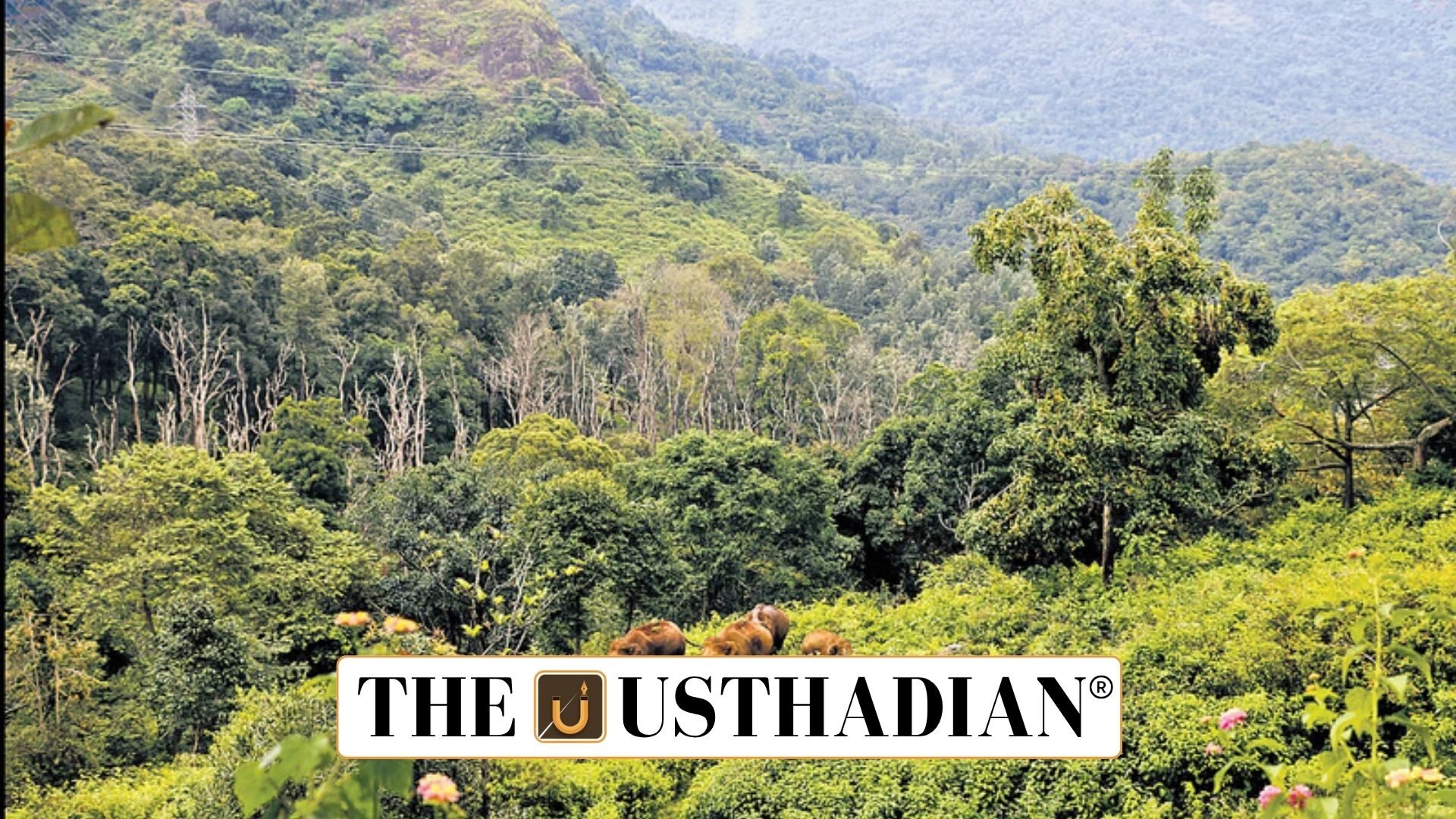Massive Loss in Forest Cover
India’s Forest Loss Far Outweighs Gains in Recent Years: A recent IIT Bombay study has revealed that between 2015 and 2019, India lost forest area 18 times faster than it gained. The research, led by Prof. Raaj Ramsankaran with Dr. Vasu Sathyakumar and Sridharan Gowtham from SASTRA Deemed University, highlights severe ecological risks due to fragmented forest growth.
Static GK fact: India’s total recorded forest area is about 24.62% of its geographical area as per the Forest Survey of India 2021 report.
Data Highlights
The study found a net forest gain of just 56.3 sq km against a loss of 1,032.89 sq km. This means that for every 1 sq km gained, 18 sq km were lost. Data was derived from the Copernicus Global Land Service (CGLS), a global monitoring platform with over 85% accuracy.
Nearly half of the gains occurred in Andhra Pradesh, Tamil Nadu, Karnataka, and Rajasthan. Losses were concentrated in Tamil Nadu and West Bengal, accounting for almost half of total forest loss.
Fragmented Gains Offer Low Ecological Value
The study warned that most gains were small, isolated patches. Such fragmented forests cannot sustain rich biodiversity, disrupt wildlife corridors, and are more prone to climate stress and human encroachment.
Static GK fact: The largest contiguous forest tract in India is in the Western Ghats, a UNESCO World Heritage Site.
Why Connectivity Matters
Continuous forests provide greater benefits in carbon sequestration, water regulation, and sustaining forest-dependent livelihoods. Large predators such as tigers require unbroken corridors for survival.
The IIT team urges a shift from quantity-based afforestation to strategies that improve structural connectivity.
Differences with Government Data
Contrary to this study, the Forest Survey of India (FSI) reports show an overall forest cover increase. This difference arises from methodologies — FSI uses a 10% canopy threshold with a 23.5m resolution, while CGLS applies a 15% threshold at 100m resolution and considers connectivity.
Static GK Tip: The Forest Survey of India publishes the State of Forest Report every two years.
A New Planning Framework
The researchers propose using remote sensing data and open-source GIS tools to map connectivity, enabling policymakers to design resilient afforestation plans. This framework can align conservation with long-term ecological health.
Static Usthadian Current Affairs Table
India’s Forest Loss Far Outweighs Gains in Recent Years:
| Fact | Detail |
| Study institution | IIT Bombay and SASTRA Deemed University |
| Period of study | 2015–2019 |
| Net forest gain | 56.3 sq km |
| Forest loss | 1,032.89 sq km |
| Loss-to-gain ratio | 18:1 |
| Data source | Copernicus Global Land Service (CGLS) |
| States with highest gain | Andhra Pradesh, Tamil Nadu, Karnataka, Rajasthan |
| States with highest loss | Tamil Nadu, West Bengal |
| FSI canopy threshold | 10% at 23.5m resolution |
| CGLS canopy threshold | 15% at 100m resolution |








